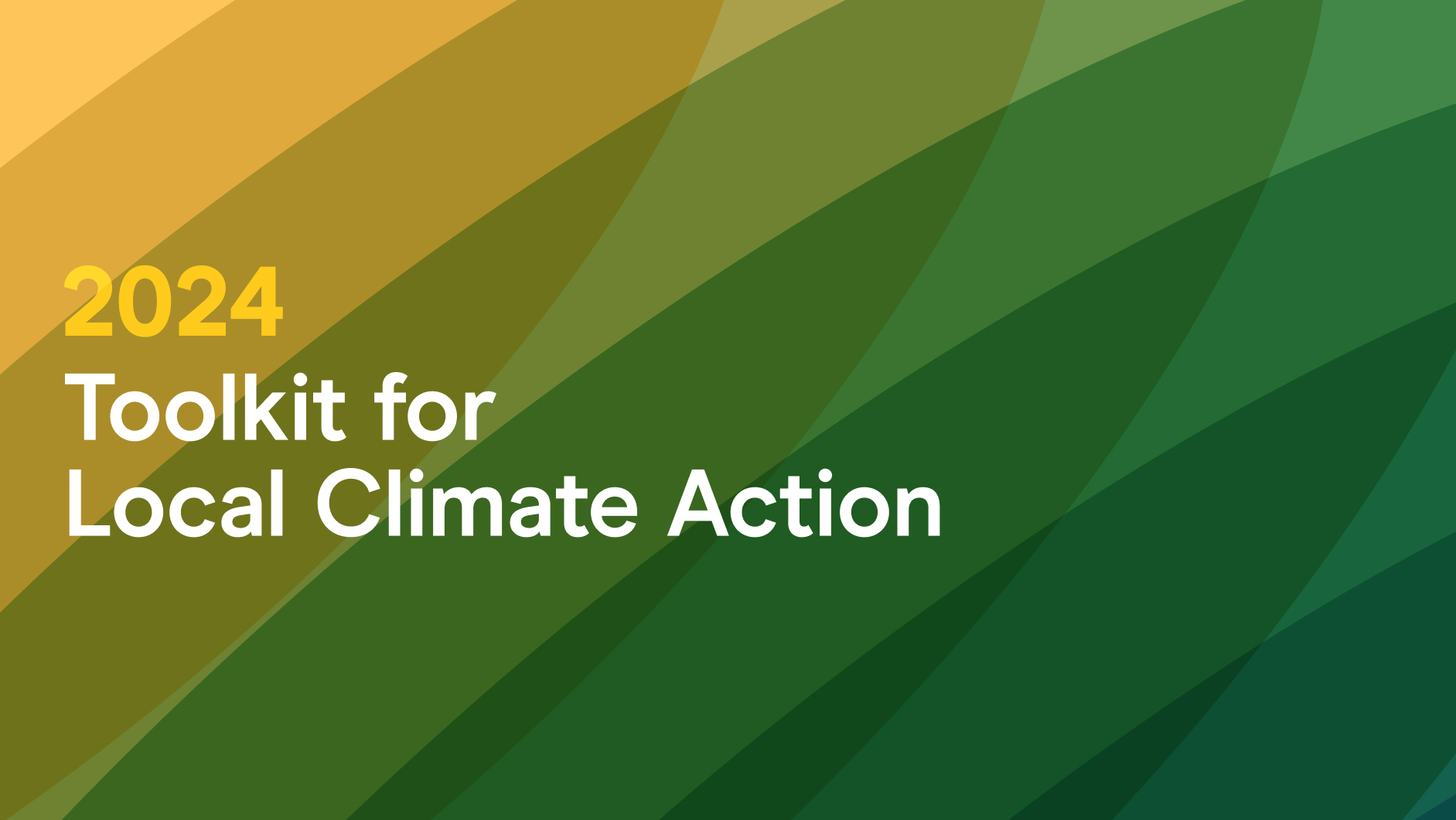
The world is full of moonshot ideas. But even the best ideas only lead to meaningful change if they can be deployed in the real world. Despite a growing class of investors that provide early-stage capital to help startups scale, there remains a critical gap in funding and resources for companies that have great ideas and technologies but need early adopters to prove their product/market fit.
At Elemental Excelerator, we have a lot of experience working with startups in energy, water, mobility and agriculture. We specialize in connecting our companies with industry incumbents such as utilities and major corporate partners to get projects off the ground. Over the years, we’ve worked on over 50 projects across Hawaii, Japan, New Zealand, Australia and California.
It can be difficult for startups to work with big companies and vice versa. While startups prize nimbleness and speed, incumbents emphasize stability and reliability. We have found that doesn’t mean that they can’t work together to advance innovative ideas. Our experience in fostering relationships between the two has helped us identify a number of best practices that startups can employ to get the most out of a partnership with a water or electric utility. Here are seven tips:
1. Find a dedicated champion
Having a single champion within the organization — rather than a list of people handing your project around with no clear ownership — dramatically can accelerate your project. Nicholas Flanders, CEO of our portfolio company Opus 12, found that interacting with one consistent person using a simple process cut the contracting phase from over a year to just six weeks.
2. Help your champion help you
Even a dedicated champion who will see your project through from start to finish may still face resistance from colleagues. You can help by customizing internal sales pitches with your champion and finding other ways to help him or her evangelize your work.
Does your contact present projects to her business unit or executive team? If so, you can help shape and provide content for her presentation. Or, if she works at an organization where less is more, a digestible one-pager that succinctly describes the project might be most helpful. Does the utility have certain goals — such as a grid modernization plan — that your technology can help realize?
Showing your internal champion how your solution fits into company-wide innovation strategies will add an additional layer of support to move forward. Collaboratively brainstorming ideas will help your champion make a stronger case to her coworkers and win broad organizational support for your project.
3. Embrace your inner project management skills
Aligning your project to the procurement and timing expectations of the utility is critical. Whether your project is a low-cost pilot or a more expensive undertaking, create and socialize a procurement checklist up front so you (and your counterparts at the utility) know all the requirements. Don’t depend on the utility to provide one for you. Also, because utilities are document-intensive organizations, it’s helpful to create a checklist of all the documents you’ll need for the project, such as security documents and regulatory forms.
It’s also critical to understand the ecosystem you will be plugging into because that’s what drives project timelines. Does the utility already have ongoing initiatives or projects that your technology can add to or integrate with? Knowing you’re part of a matrix of technologies and systems that have operational interdependencies can underscore the importance of meeting deadlines.
For example, a lineman might only be available for two months — if your project doesn’t happen then, it won’t happen until the following year. One startup we worked with was surprised by how rigid and aggressive their utility partner’s timelines were, as well as their rigorous reporting expectations. Ultimately, the startup found it to be a valuable way to develop organizational processes to support those customer needs.
Bottom line: don’t be afraid to ask questions and make sure you understand the environment in which you’re working from the get-go.
4. Set expectations upfront via hard key performance indicators
Socialize and get utility executive buy-in on project KPIs. One reason is that they help you prove your project or technology’s value to the utility.
ConnectDER, an Elemental portfolio company that helps connect solar photovoltaic and other distributed energy resources to homes and buildings, negotiated a contract with Vermont utility Green Mountain Power to test and then offer its meter collars through general deployment, as long as it delivered tangible value and met KPIs. ConnectDER met the agreed-upon metrics, and the utility ended up taking on its product as a new line of business.
Another benefit of KPIs is that they can save time if you want to expand the project in the future. The more directly your project fits within the utility’s larger strategy, the higher the likelihood that it doesn’t become an isolated deployment and eventually converts into a strategic partnership or commercial rollout.
We’ve seen some successful project deployments with KPIs that, once met, allowed the utility project lead to secure additional funding for the project without having to go through the long and cumbersome procurement process again. Pilot and demo projects are designed to scale up; building in KPIs can help the project team rally around the most important proof points.
5. Have a process for socializing the project lessons
Hosting a series of meetings at different points of the project — at kickoff, halfway through and at the end, for example — can help you stay aligned with your partner. And sharing results and findings helps build momentum and support for the people leading innovative initiatives at the utility, increasing the likelihood that they will do additional projects with your company.
We’ve found that the best results come from keeping things simple. A 10-tab spreadsheet and 30-page report might contain a lot of valuable information, but if it will require that a busy person find a few spare hours to wade through it, it might as well not exist. Instead, try to fit key project results onto a single page. The more entertaining, bite-sized and engaging you can make it (think infographics), the better. What’s more, now you have a ready-made marketing document you can use to sell your project to other customers.
6. Make the data work for you
This one is extremely important. Data is critical for startups and can be a powerful tool when selling a project to your next customer.
Don’t compromise on access to the data you’ll need for your next scale-up. One of our portfolio companies learned this the hard way. The company had a successful demonstration of its technology, helping the city of Los Angeles identify and repair a water leak in an iconic building without costly or labor-intensive efforts. However, the CEO realized that in pursuit of acquiring the company’s first major demonstration project, he overlooked the thing that would have mattered the most — an agreement to publicly release the data.
In the months that passed until he was able to share the results, he watched opportunities slip past that could have been seized by showing real savings figures. “That’s a lesson I’ll never forget,” he said. “If you can’t release it, it didn’t happen.”
7. Don’t give things away for free
As a rule, don’t give away things for free. It may be tempting, but it’s rarely worth it. You have a business to run, and if a utility customer likes your technology or model enough to want to work with you, it should be willing to pay for it. And it is human nature to value things you have to pay for.
It can be challenging — for both startups and utilities — to take on new projects with a partner who occupies a very different spot in the industry and whose processes are unfamiliar. But we’ve found that these are precisely the type of projects that can have big payoffs for both startups and incumbents. Approaching a project tactically and creatively, and keeping in mind these seven tips, will help ensure you get the most out of your partnership with a utility.
Want to fast-track the utility sales cycle with us? Apply today!
* * *
This article was originally published by GreenBiz.




